Studebaker was a scrappy company from Indiana that managed to find several lifelines after several missteps in the 1950s. The company almost made it, but problems with Avanti production in 1962-63, combined with the company president’s health issues and resignation, were the final nail in the coffin. It was during this time that Studebaker was setting speed records all over the country, most notably at Bonneville.
The Studebaker Legends Invitational at the 2022 Muscle Car and Corvette Nationals (MCACN) was created to give the little company from South Bend a forum to display its wares. The 1963-64 Avanti is the most notable effort, but the R-series engines — especially those with a Paxton supercharger — competed well against the burgeoning performance scene coming out of Detroit. Here’s a glimpse of Studebaker history.
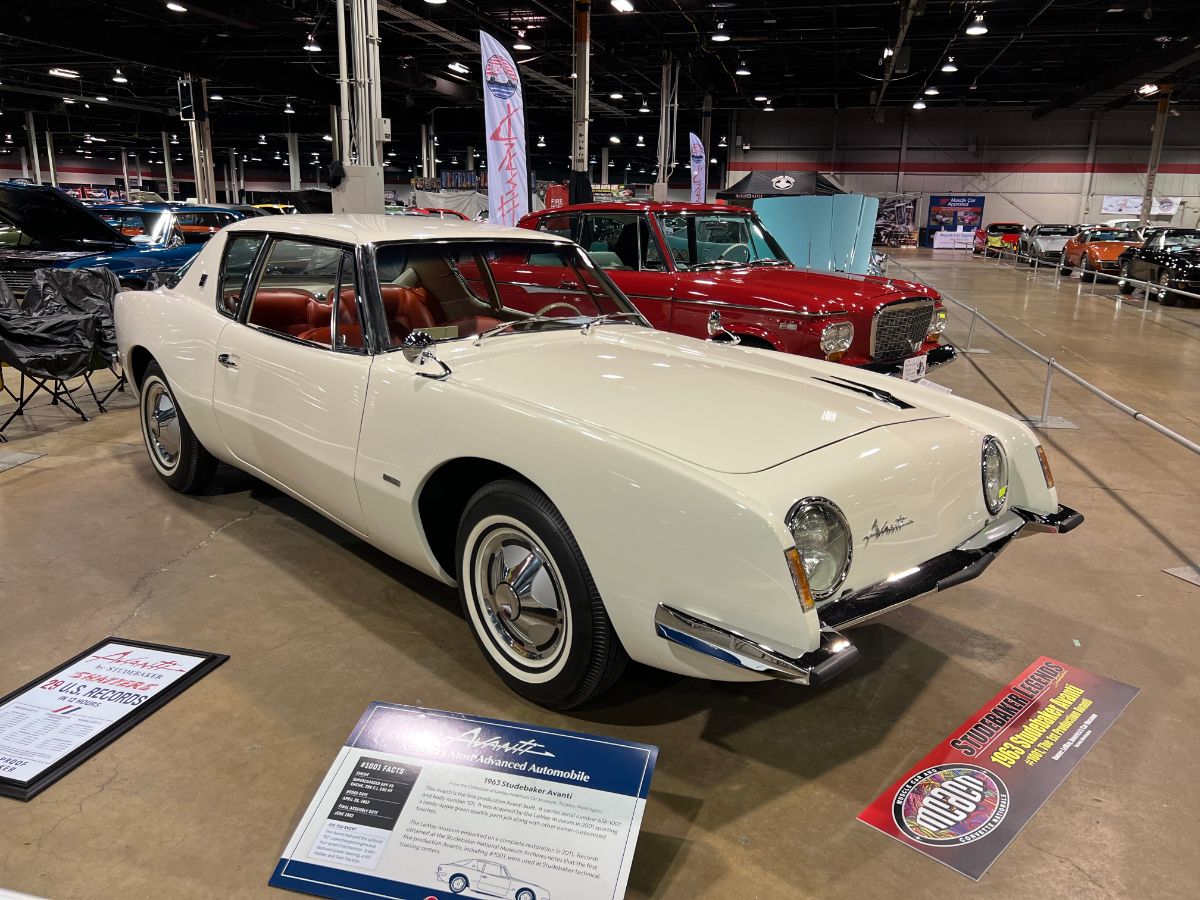
This 1963 Studebaker Avanti bears serial number 63R-1001, meaning it’s the very first one built. It was ordered on April 26, 1962 and built in the following June. Featuring the R2 engine, which was a supercharged 289 featuring one horsepower per cubic inch, this Avanti has lead an interesting life, initially starting as a mule for Studebaker technical training centers and, by 2001, it was suffering from candy-apple green paint and custom touches before the LeMay Museum obtained it for its collection.

This 1963 Avanti is the 16th one produced, serial number 63R-1016, but its significance lies with its equipment and subsequent history. Originally built with the R2 engine, it was subsequently shipped to Paxton Products and converted to an R3, then a supercharged 299 (the class limit at Bonneville) but by the time the engine reached production, it measured 304.5ci and put out 335 horsepower. Both Motor Trend and Hot Rod magazines tested this very vehicle, upon which Paxton sold it with an R4 engine to its first owner in December 1963. It eventually ended up in South Bend where it resided until recently.

Among Studebaker’s exploits at Bonneville, none are more legendary than Due Cento, which got its name from Studebaker’s attempt of a 200 mph speed record at Bonneville. That car featured an experimental twin-supercharged R3 (later known as the R5) with 550 horsepower and achieved 198 mph.

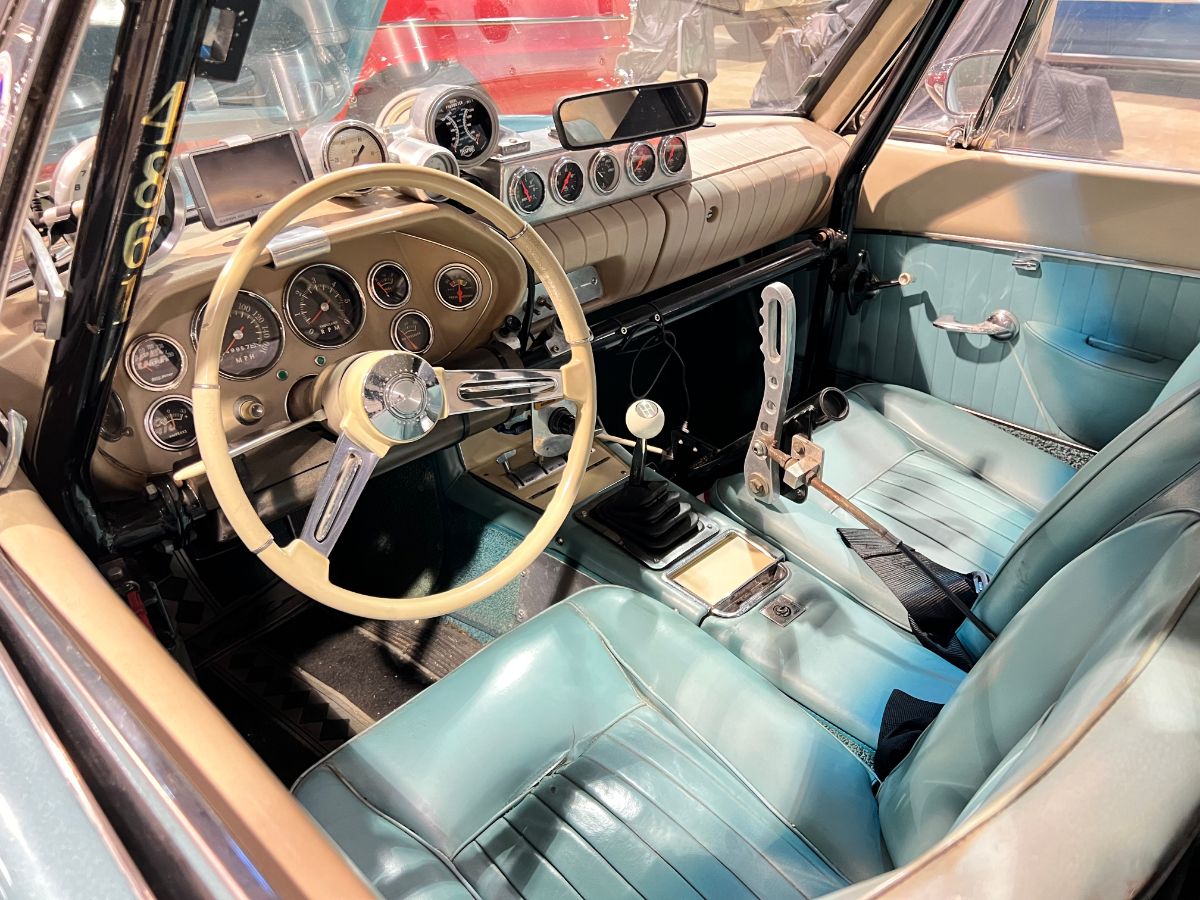
This car shares the same name but is a latter-day creation that has set a speed record at Bonneville to the tune of 223.238 mph at Speed Week 2009.
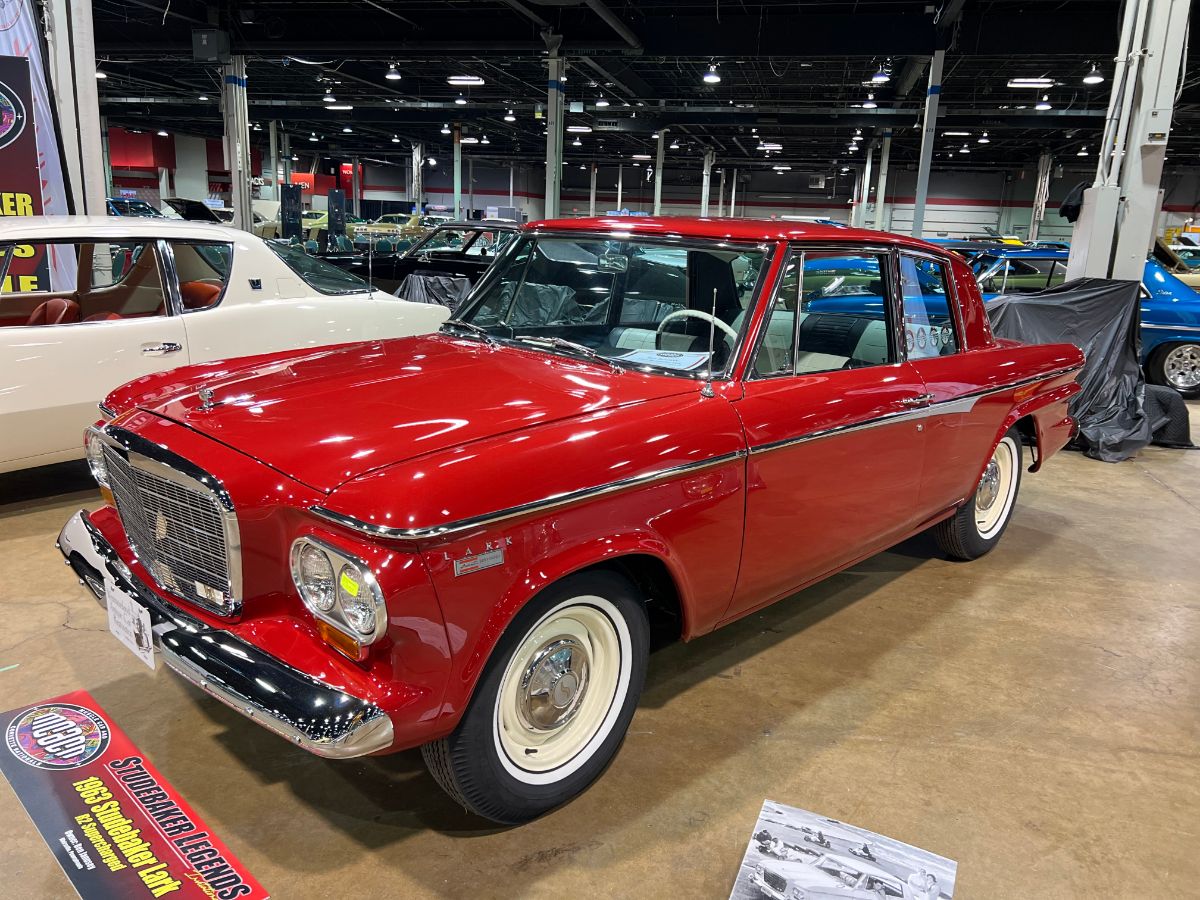
This 1963 Lark Custom two-door sedan features the Jet-Thrust supercharged V8, otherwise known the R2 289. Yes, this sedate-looking thing was capable of putting the hurt on more substantial machinery. There also was the Super Lark package that lumped together key components beyond R-series engines, such as limited-slip differential, heavy-duty cooling, upgraded suspension, front disc brakes and 160-mph speedometer.

The Lark series received a facelift in 1964 thanks to industrial designer Brooks Stevens. Studebaker also started to downplay the Lark name. This Daytona was the top-of-the-line model since 1962, Studebaker’s early bid forthe sporty buckets-and-console set. This one also has the R2 289.
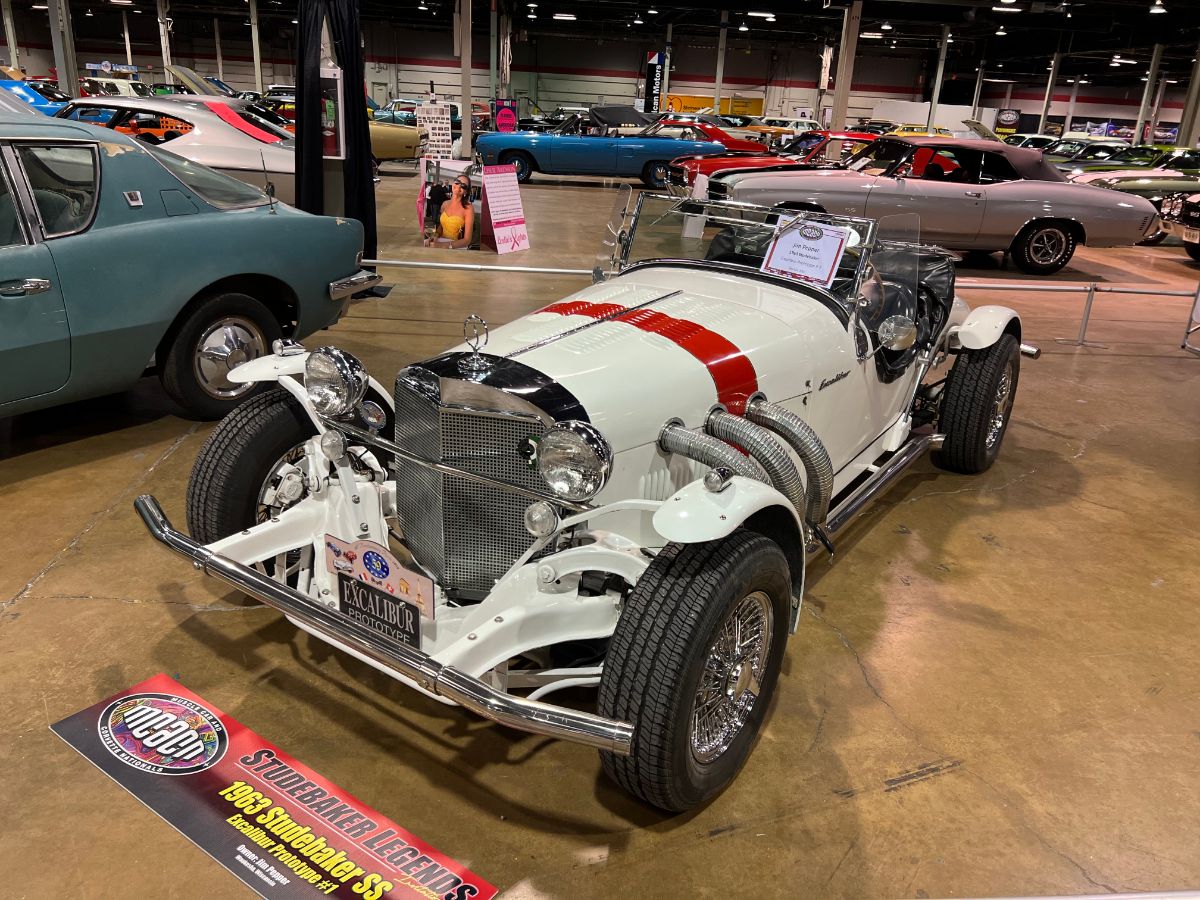
This vehicle, known as a 1963 Studebaker SS, is Brooks Stevens’ first prototype of what became the Excalibur, the neo-classic that was popular with the rich in the 1970-80s. The Studebaker SS originally began as a Studebaker concept created for the New York International Auto Show and other exhibitions “to attract people to the stand. Without a real eye-catcher they would walk straight past and not even glance in the right direction.” Stevens set out to build a “contemporary classic” and obtained a Studebaker Daytona convertible chassis to create a vehicle inspired by the Mercedes SSK though, when Studebaker found out, the company tried to disassociate itself from the “old car.” Power came from an R2 289. It was nicknamed “Mercebaker” but the car was badged as Studebaker SS. Reaction was enthusiastic, and Stevens quickly began production of the neoclassic, though with a Chevrolet small-block.




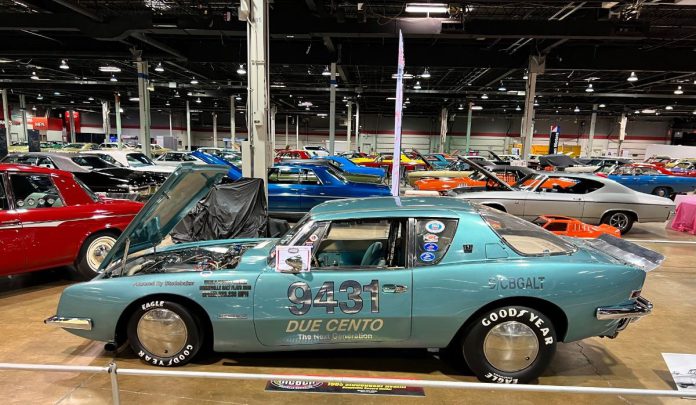


This article is truly interesting. I grew up with Studebakers in the 50’s and 60’s. My experience with them was born out of the Studebakers produced at their plant in Hamilton, Ontario. My father , James Holloway, was their National Service Manager and in the few years leading up to their closure in 1966, he became Studebaker’s Chief Engineer. He was joined by several other Studebaker notables. It is so wonderful for me to have been able to reminice over the years…
Chris Holloway
Hi, are you in touch with the Studebaker Driver’s Club that has the publication “Spinning Wheels”?